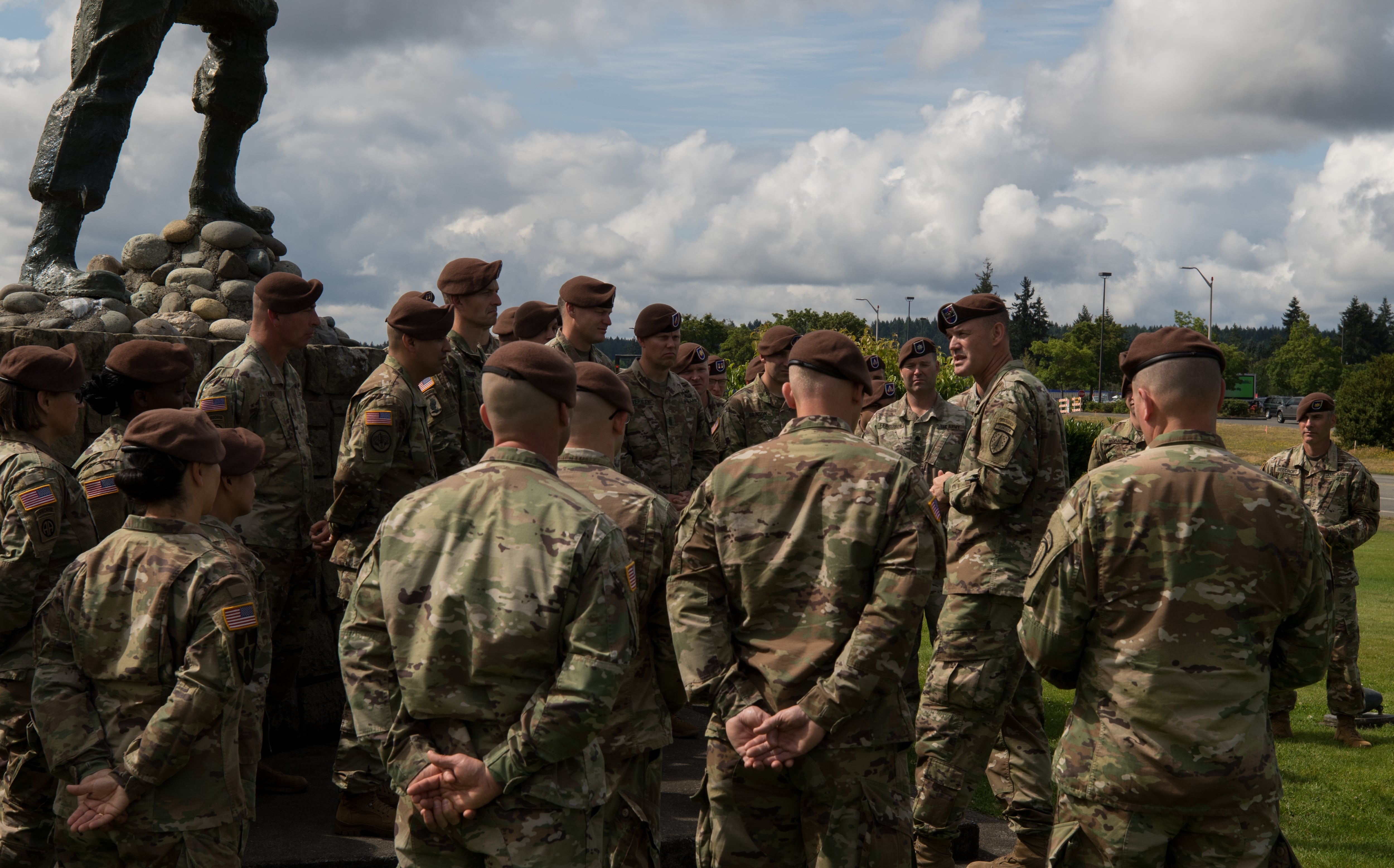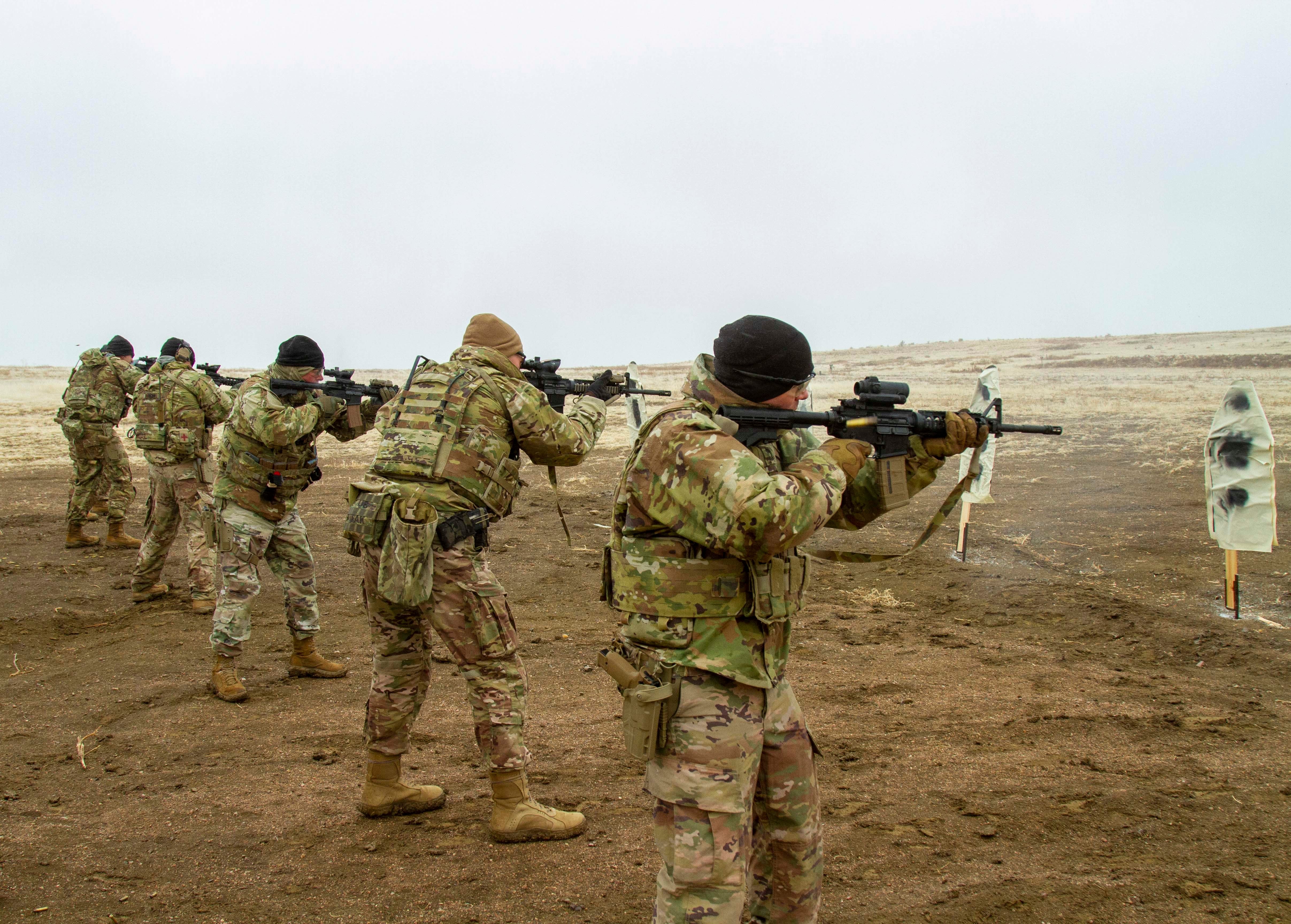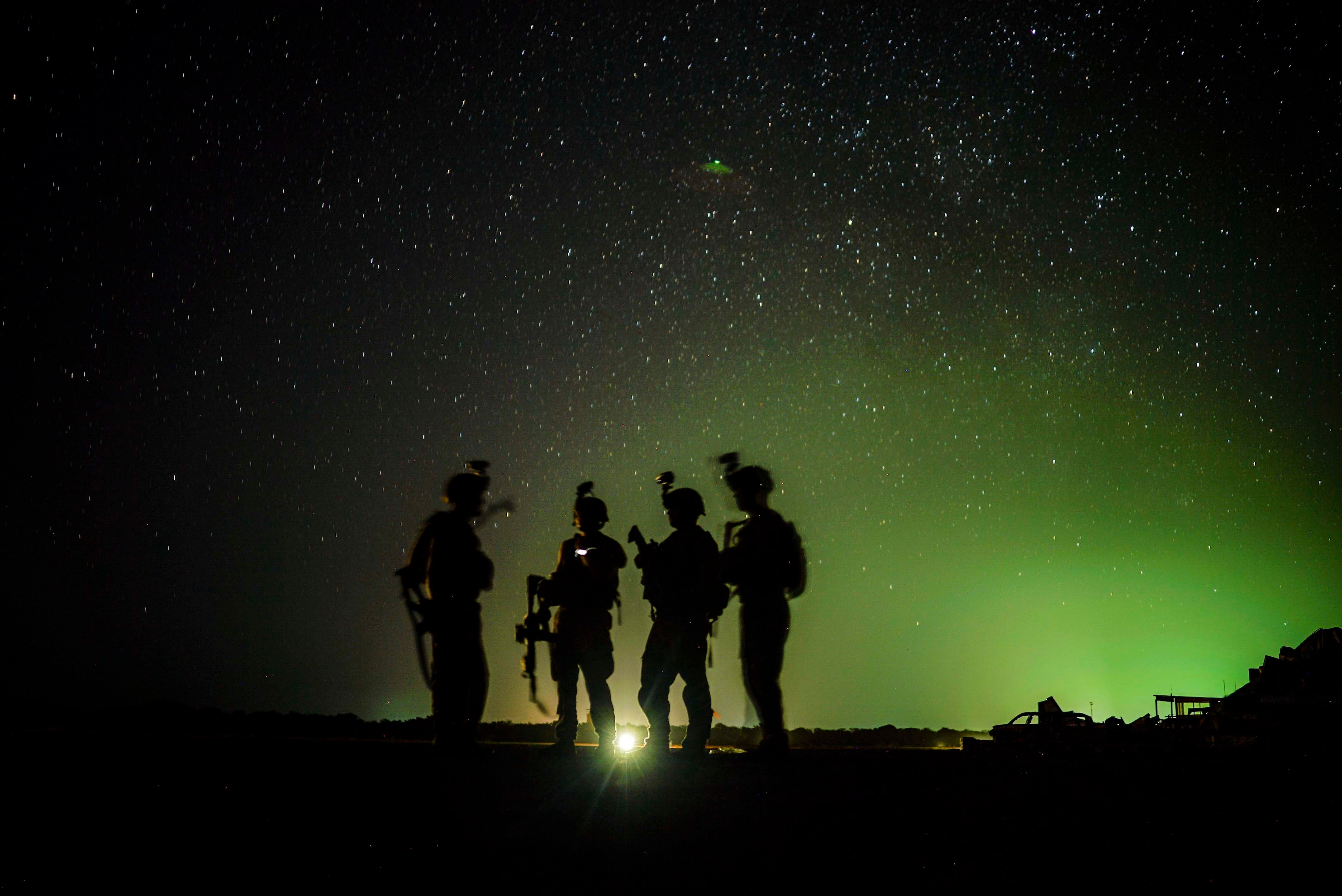The 4th Security Force Assistance Brigade officially activated during a ceremony at its home station of Fort Carson, Colorado, on Tuesday, ahead of both a combat training center rotation in June and a follow-on deployment to Afghanistan later this summer.
Roughly 800 soldiers from 4th SFAB will replace 3rd SFAB, out of Fort Hood, Texas, in Afghanistan. The training rotation and deployment to U.S. Central Command come as the Army works to restart its CTC calendar that was interrupted by the coronavirus pandemic this spring.
“Next month, you’ll be leading the way in a big way — your rotation to the Joint Readiness Training Center,” Gen. Michael Garrett, who leads Army Forces Command, said during the activation ceremony. “The first one out of the chute, as we work to figure out how we maintain readiness as we adjust to the new normal.”
The ongoing pandemic, however, means 4th SFAB’s advisers will still be quarantined before their departure in some manner, officials from CENTCOM told Army Times.
“CENTCOM is working with the services, Joint Staff and U.S. Transportation Command in order to execute, to the maximum extent possible, quarantine at home station, in order to ensure that units arrive in the CENTCOM area of responsibility ready for tasking," the command said in a statement.
The SFAB enterprise will include six brigades in total. The 5th SFAB is still standing up at Joint Base Lewis-McChord, Washington, and will be the last to officially activate sometime this summer. The 54th SFAB, a collection of National Guard soldiers across different states, activated in March.
RELATED

The Army’s SFABs are a relatively new concept designed to take on the train, advise and assist mission that has bogged down other units for nearly two decades. Army leaders have repeatedly stated that they intend to align each SFAB to a specific part of the world, similar to how Special Forces Groups are tasked.
Up until earlier this year, the SFABs had only been tasked out for Afghanistan missions, where they trained and advised Afghan Army kandanks ― battalion-sized formations.
But Army Secretary Ryan McCarthy said this winter that the service plans to make an SFAB available for U.S. Indo-Pacific Command in 2021. A small element will be aligned in the early part of the fiscal year, which could mean as early as November and December, and the full SFAB will be available by the final quarter.

The 1st SFAB, out of Fort Benning, Georgia, was the first to deploy to Afghanistan in March 2018. That unit was also deployed to the African continent in early March of this year.
Sourcing SFAB advisers from other units and resourcing them has been a challenge. Each member of 4th SFAB had to be selected and relocated, according to Brig. Gen. Mark Landes, who leads the overarching Security Force Assistance Command at Fort Bragg, North Carolina.
“I remember visiting Fort Carson in the winter of last year to view buildings still being redesigned with no furniture no phones, no computers and most importantly, no soldiers," Landes said during the activation ceremony. “4th SFAB has come a long way.”
RELATED

The SFABs are intended to free up the Army’s brigade combat teams to focus on training for conflict with peer adversaries. Ideally, soldiers who become advisers will join their respective unit, align to a specific region of the world and develop skills unique to operating with local militaries there.
“We selected the right people in the right positions to be ready and effective in assessing, advising, mentoring and assisting our international partners,” 4th SFAB commander Col. James Dooghan said during the activation ceremony. “We look forward to maintaining the legacy of all NATO forces who have laid the foundation before us, especially our fellow SFABs across the U.S.”
However, the Special Inspector General for Afghanistan Reconstruction, or SIGAR, said last summer that there were high attrition rates following the 1st SFAB’s inaugural deployment. That limited unit continuity and institutional memory, both of which are needed to make the units a long-term way to train partner nations’ forces.
Kyle Rempfer was an editor and reporter who has covered combat operations, criminal cases, foreign military assistance and training accidents. Before entering journalism, Kyle served in U.S. Air Force Special Tactics and deployed in 2014 to Paktika Province, Afghanistan, and Baghdad, Iraq.



